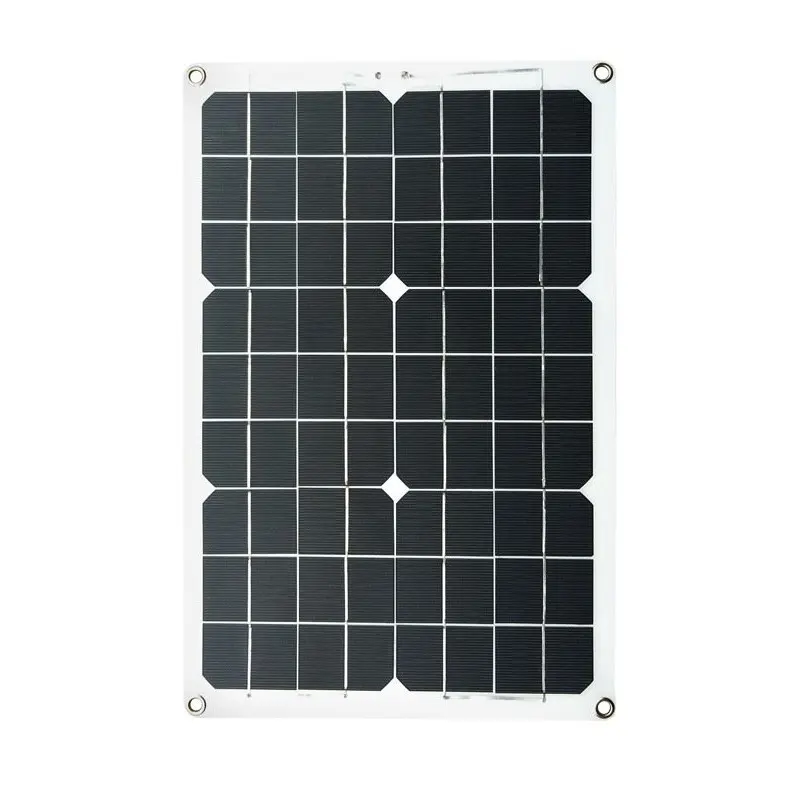Solar panels not only harness the sun’s natural energy, they also provide a sustainable solution to our growing energy needs. As the world gradually shifts to renewable energy, understanding the potential of solar panels has become critical. In this blog, we’ll take a deep dive into the world of solar energy and explore the question: “How much electricity can a solar panel generate?”
Learn about solar panels:
Solar panels, also known as photovoltaic panels, consist of solar cells that convert sunlight into electricity. These cells are primarily made of silicon, a semiconductor material that absorbs the sun’s photons and initiates electricity generation through the photovoltaic effect. The amount of electricity a solar panel produces depends on a variety of factors.
Factors that affect solar panel efficiency:
1. Sunlight availability: The amount of sunlight that falls on a solar panel directly affects its efficiency. Areas closer to the equator, with higher insolation levels, receive more sunlight throughout the year and thus generate more electricity.
2. Orientation and Tilt of Solar Panels: The angle and orientation of solar panels play a vital role in maximizing the power generation. Placing solar panels at optimal inclinations and angles helps them capture more sunlight and generate more electricity.
3. Weather conditions: Although solar panels can still generate electricity on cloudy or cloudy days, their efficiency may be reduced compared to sunny days. Rain or snow can block sunlight, further hampering its output.
4. Temperature: Contrary to popular belief, solar panels actually perform better at cooler temperatures. High temperatures can reduce the efficiency of solar panels, affecting their overall power generation.
5. Panel size and efficiency: The size and efficiency of solar panels determine the amount of electricity they can generate. More efficient panels can convert a higher percentage of sunlight into electricity, increasing energy output. Additionally, larger panels capture more sunlight and generate more electricity.
Calculate solar panel power generation:
To determine how much power a solar panel can generate, we rely on the concept of a watt-peak (Wp) rating. The ratings represent power output under normalized sunlight intensity and temperature conditions. For example, a 300 Wp solar panel can produce up to 300 watts of electricity under ideal conditions.
It is important to note, however, that actual power generation will vary based on the previously mentioned factors. On average, under optimal conditions, a standard solar panel with an efficiency of around 17-19% can produce around 250-300 watts per square meter per hour.
Solar panels have great potential in the transition to clean and sustainable energy. While the amount of electricity a solar panel produces depends on a variety of factors, understanding these factors can help optimize its performance and maximize power generation. Investing in solar panels not only reduces dependence on traditional fossil fuels, but also helps create a greener future for future generations. So let’s harness the power of the sun, embrace solar energy, and create a cleaner, brighter tomorrow.
Post time: Jul-24-2023
